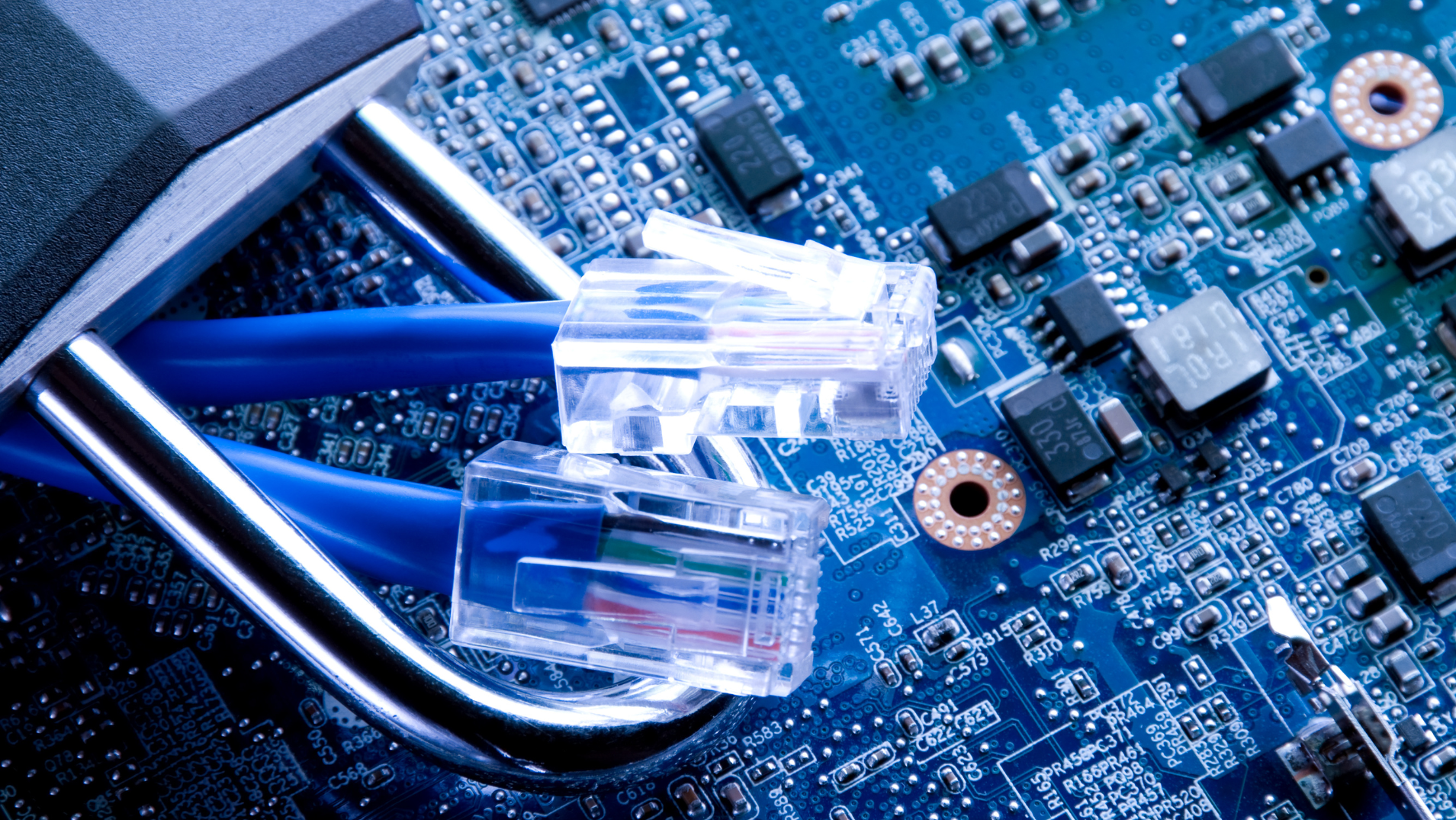Security in Low-Power IoT Devices: Safeguarding the Future

In an era where the Internet of Things (IoT) has become ubiquitous, the importance of security in embedded systems, particularly low-power devices, cannot be overstated. These devices, from wearable health monitors to environmental sensors, are increasingly integrated into the fabric of everyday life, making the security of these systems paramount. The essence of protecting sensitive data and ensuring the integrity and availability of services is not just a technical necessity but a foundational aspect of building trust in technology.
Current Challenges in Securing Low-Power IoT Applications
Securing these devices is not without its challenges, which are often unique to their operational context:
- Resource Constraints: The limited computational power and storage capacity inherent in low-power IoT devices significantly constrain the complexity of security measures that can be implemented. Complex encryption algorithms, for example, require processing capabilities and memory that exceed what these devices can provide.
- Power Efficiency: Security processes, such as cryptographic operations and continuous authentication protocols, require energy. In devices designed to function on minimal power, there’s a delicate balance between maintaining security and conserving energy. Every joule of energy spent on security is one less available for the device’s primary function.
- Physical Exposure: These devices are frequently deployed in environments that are not secure — fields, homes, personal spaces, and remote locations — where they are vulnerable to physical tampering and interception. Ensuring their physical security presents unique challenges that go beyond cyber security measures.
Overcoming the Security Challenges
Implementing robust security in low-power IoT devices demands innovative approaches that respect their inherent constraints:
- Adopting Lightweight Cryptography: Developing and using cryptographic algorithms tailored for constrained environments is essential. These lightweight algorithms are designed to provide the necessary security with a fraction of the resource requirements of traditional cryptography.
- Streamlining Key Management: Efficient key management is vital. The process must be designed to handle key generation, exchange, storage, and revocation in a way that is not power-intensive. It’s a complex dance that balances security, complexity, and power consumption.
- Ensuring Secure Boot and Updates: Secure boot ensures that a device starts in a known and trusted state. Secure firmware updates are equally critical, as they allow devices to adapt to new threats and vulnerabilities as they are discovered. Both must be designed to work within the power and computational limits of low-power devices.
- Innovating with Energy-Efficient Protocols: The innovation of security protocols specifically for low-power applications is an active area of research. These protocols focus on minimizing the energy required for performing secure communications without compromising on the level of security provided.
Looking Ahead: Innovations and Policies
As the field matures, continuous innovation and the development of standards are guiding the way forward:
- Harnessing Hardware-based Security: The integration of dedicated security hardware, such as Trusted Platform Modules (TPMs), into low-power devices can provide robust security while offloading the energy and computational burden from the main processor.
- Evolving Standards and Regulations: The landscape of standards for IoT security is under constant development. These standards are becoming increasingly important as they define the security baseline for all devices.
Conclusion: Securing Our Connected World
The future is connected, and low-power IoT devices are the threads that weave this interconnected tapestry. The challenges of securing these devices are significant, but with a focused approach that leverages innovation and respects their unique constraints, these challenges can be met. For the higher management in tech companies, recognizing the importance of investing in security is pivotal. It’s not just about creating devices but ensuring that they are secure by design, capable of withstanding the threats of today and tomorrow.
In our endeavor to build a smarter, connected world, the security of low-power IoT devices is not just a technical necessity but a commitment to quality, reliability, and trust.

